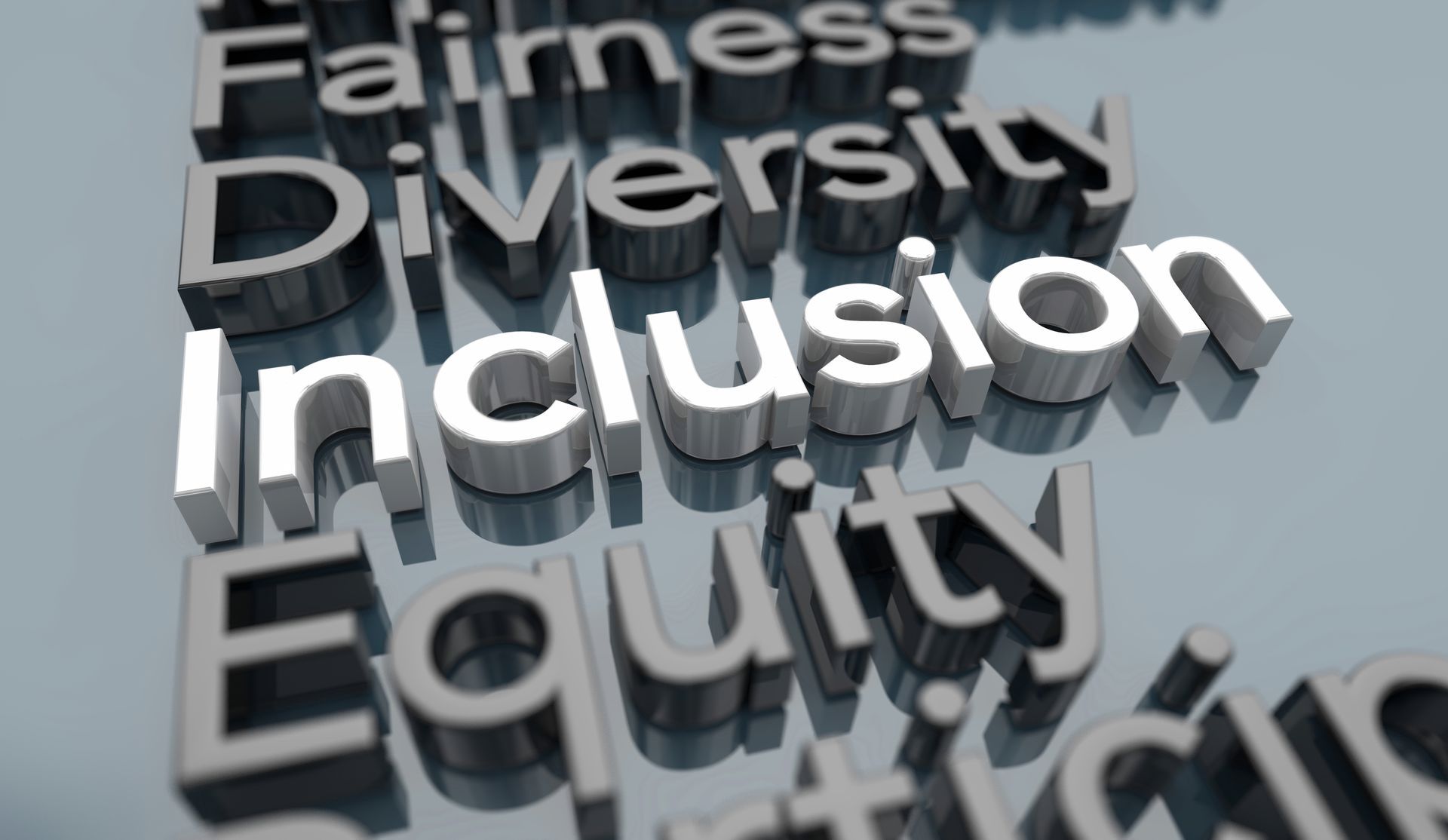August 20, 2024
In an increasingly unpredictable world, organizational resilience has become more critical than ever. Whether it’s a global pandemic, economic downturn, natural disaster, or internal crisis, the ability to withstand and recover from challenges defines long-term business success. Human Resources (HR) plays a pivotal role in fostering this resilience. From crisis preparation to managing response strategies, HR departments are essential in maintaining stability, supporting employees, and ensuring business continuity. This blog explores the role of HR in crisis management and provides practical strategies for building resilient organizations. The Evolving Role of HR in Crisis Management Traditionally seen as administrators and enforcers of company policies, HR professionals are now at the forefront of crisis management. Their responsibilities have expanded to include strategic planning, risk management, and ensuring employee well-being during turbulent times. As crises become more complex and multi-faceted, HR teams need to adopt a proactive, integrated approach to managing these challenges. Why Organizational Resilience Matters Organizational resilience is the capacity to anticipate, prepare for, respond to, and adapt to incremental changes and sudden disruptions. Companies with high resilience can mitigate risks, recover more quickly, and maintain a competitive edge during crises. HR plays a vital role in fostering this resilience by developing policies, practices, and cultures that prepare organizations to withstand disruptions. The Role of HR in Crisis Readyness 1. Developing a Crisis Management Plan The first step in crisis preparedness is developing a comprehensive crisis management plan. HR must collaborate with leadership and other departments to outline roles, responsibilities, and response protocols. This plan should include: Crisis Scenarios: Identify potential crises (e.g., natural disasters, cyber-attacks, pandemics) and the specific challenges each may present. Response Framework: Define a clear chain of command and decision-making processes during a crisis. Communication Plan: Establish internal and external communication protocols, including key messages, spokespersons, and communication channels. Example: During the COVID-19 pandemic, companies with robust crisis management plans, like Microsoft and Unilever, were able to swiftly transition to remote work, maintain operations, and keep employees informed and engaged. 2. Training and Simulations Readyness also involves training employees and conducting crisis simulations. HR should organize regular training sessions that equip employees with the skills and knowledge needed to respond to crises. Simulations help identify gaps in the crisis management plan and improve team coordination. Methodology: Scenario-Based Training: Create realistic scenarios tailored to the industry and likely risks. Role-Specific Training: Provide specialized training for leadership, managers, and crisis response teams. Post-Simulation Debriefing: After simulations, hold debriefing sessions to evaluate performance and adjust plans accordingly. Example: Companies in the financial sector often conduct simulations to prepare for cyber-attacks. These exercises help HR teams refine response strategies and ensure employees are ready to act swiftly in real-life situations. Building Organizational Resilience Through HR 1. Fostering a Resilient Organizational Culture A resilient organization starts with a resilient culture. HR is responsible for embedding resilience into the company’s values, behaviors, and practices. This involves promoting adaptability, encouraging innovation, and reinforcing a sense of community and shared purpose. Strategies: Promote Open Communication: Create an environment where employees feel safe expressing concerns and sharing ideas. Encourage Continuous Learning: Invest in upskilling and cross-training programs to enhance employee adaptability. Recognize and Reward Resilience: Acknowledge employees who demonstrate resilience in the face of challenges. Example: IBM has a culture that emphasizes learning and adaptability. The company’s commitment to continuous development enables employees to navigate change and uncertainty effectively, contributing to its long-term resilience. 2. Supporting Employee Well-being During Crises Employee well-being is a critical component of organizational resilience. During crises, HR must prioritize mental, emotional, and physical health to ensure employees remain motivated and productive. Support Mechanisms: Mental Health Resources: Provide access to counseling services, mental health apps, and stress management workshops. Flexible Work Arrangements: Offer remote work options, flexible hours, and paid time off to accommodate employees’ needs. Employee Assistance Programs (EAPs): Implement programs that offer support for personal challenges such as financial stress, caregiving responsibilities, and burnout. Example: Google’s well-being initiatives during the pandemic included expanded mental health resources, virtual wellness programs, and additional time off to help employees cope with the stress and uncertainty. 3. Enhancing Leadership and Crisis Communication Effective leadership and communication are essential during a crisis. HR must ensure that leaders are equipped to provide clear direction, make informed decisions, and communicate consistently with the workforce. Methodology: Leadership Training: Equip leaders with crisis management skills, including decision-making under pressure, emotional intelligence, and communication strategies. Transparent Communication: Maintain transparency with employees about the situation, company decisions, and expected outcomes. Two-Way Communication: Create channels for employees to ask questions, provide feedback, and voice concerns. Example: When Marriott International faced a crisis during the global downturn in travel, their CEO regularly communicated with employees through video messages, providing updates, expressing empathy, and maintaining morale despite the challenges. HR Strategies for Maintaining Business Continuity 1. Workforce Planning and Talent Management Crisis situations often require rapid adjustments to workforce planning. HR should anticipate talent needs, identify critical roles, and develop strategies to ensure business continuity. Strategies: Scenario Planning: Develop workforce plans for various crisis scenarios, such as workforce reductions, talent shortages, or skill gaps. Cross-Training: Ensure employees are cross-trained to perform multiple roles, allowing for flexibility in workforce deployment. Contingency Staffing: Build a network of temporary or gig workers who can be quickly mobilized when needed. Example: During the 2008 financial crisis, companies like General Electric relied on flexible workforce planning and talent management to adapt quickly and keep operations running efficiently. 2. Digital Transformation and Remote Work Crises often accelerate the need for digital transformation. HR’s role in this transition is to ensure that employees have the tools, skills, and support to work remotely and collaborate effectively. Digital Transformation Strategies: Remote Work Policies: Develop clear guidelines for remote work, including performance expectations, communication norms, and cybersecurity practices. Technology Adoption: Equip employees with the necessary digital tools, such as collaboration platforms, project management software, and cloud-based systems. Virtual Team Building: Implement activities and initiatives that maintain team cohesion and morale in a remote work environment. Example: Salesforce’s rapid pivot to remote work during the pandemic involved providing employees with digital tools, virtual team-building activities, and ongoing support, ensuring business continuity without sacrificing employee engagement. Managing the Aftermath of a Crisis Once a crisis subsides, HR’s focus shifts to recovery and rebuilding. This involves evaluating the organization’s response, learning from the experience, and making improvements for the future. 1. Post-Crisis Evaluation Conduct a thorough evaluation of the crisis response to identify successes, challenges, and areas for improvement. HR should gather feedback from employees, leaders, and stakeholders to refine future crisis management strategies. Methodology: Surveys and Feedback: Collect feedback from employees about their experiences during the crisis. Performance Metrics: Analyze key performance indicators (KPIs) to assess the effectiveness of crisis management efforts. Lessons Learned: Document lessons learned and update crisis management plans accordingly. Example: After experiencing supply chain disruptions, Toyota conducted a detailed post-crisis evaluation, leading to the implementation of more resilient and diversified supply chain strategies. 2. Rebuilding Trust and Employee Morale Crises can leave employees feeling uncertain or demoralized. HR plays a critical role in rebuilding trust and restoring morale by addressing concerns, recognizing contributions, and reinforcing a positive culture. Strategies: Transparent Communication: Address any lingering concerns and provide a clear vision for the future. Recognition Programs: Celebrate employees who went above and beyond during the crisis. Well-being Initiatives: Continue offering support for mental health and well-being as employees transition out of crisis mode. Example: After the 2008 financial crisis, Ford Motor Company rebuilt trust by being transparent about recovery plans, engaging employees in decision-making, and fostering a culture of shared purpose. The role of HR in crisis management is multifaceted and essential for building resilient organizations. By proactively preparing for crises, supporting employees during challenging times, and maintaining business continuity, HR can help companies navigate uncertainty and emerge stronger. In today’s volatile environment, resilience is not just about surviving—it’s about thriving in the face of adversity. Organizations that invest in resilient practices and place HR at the center of their crisis management strategy are better positioned for long-term success and sustainability.











